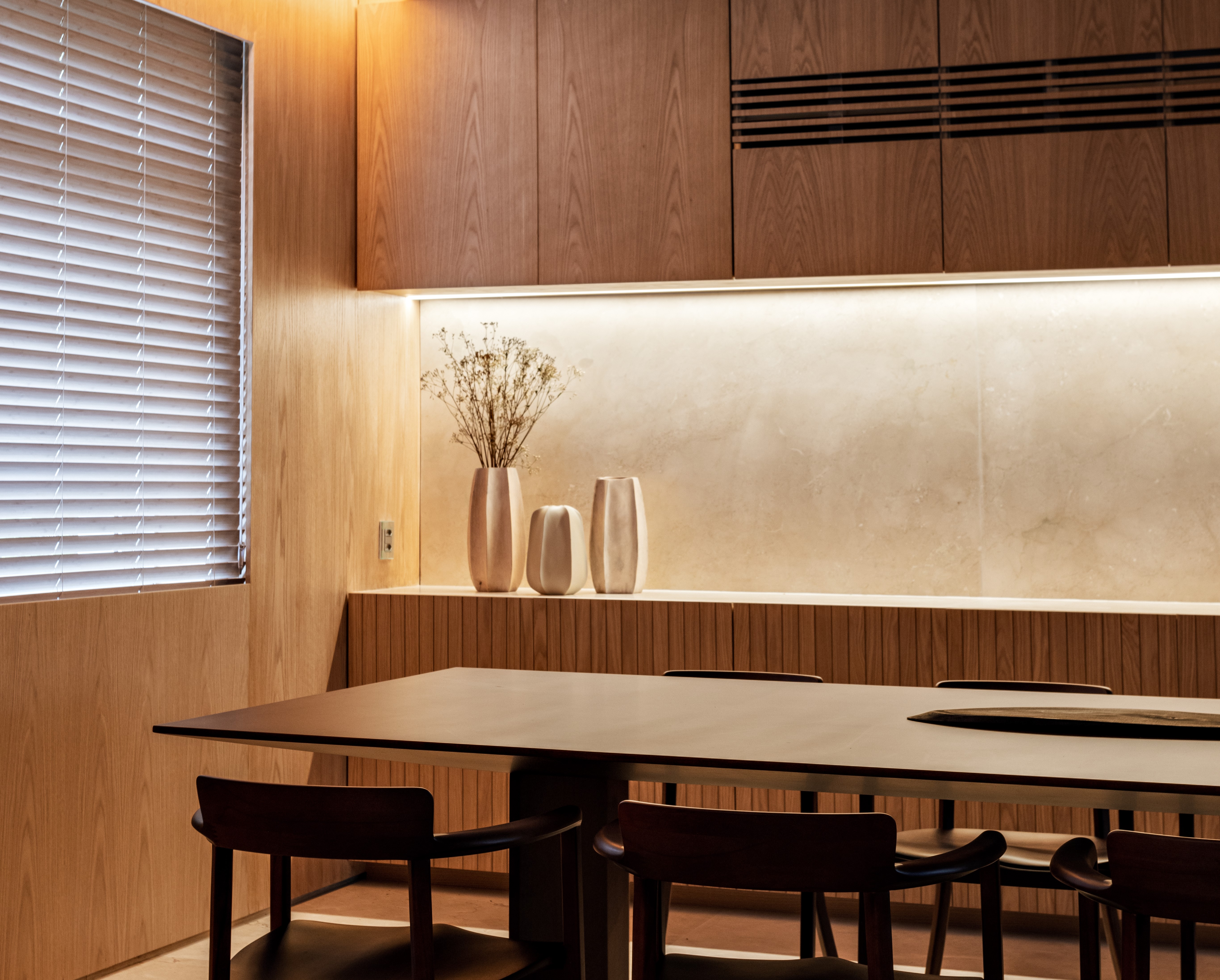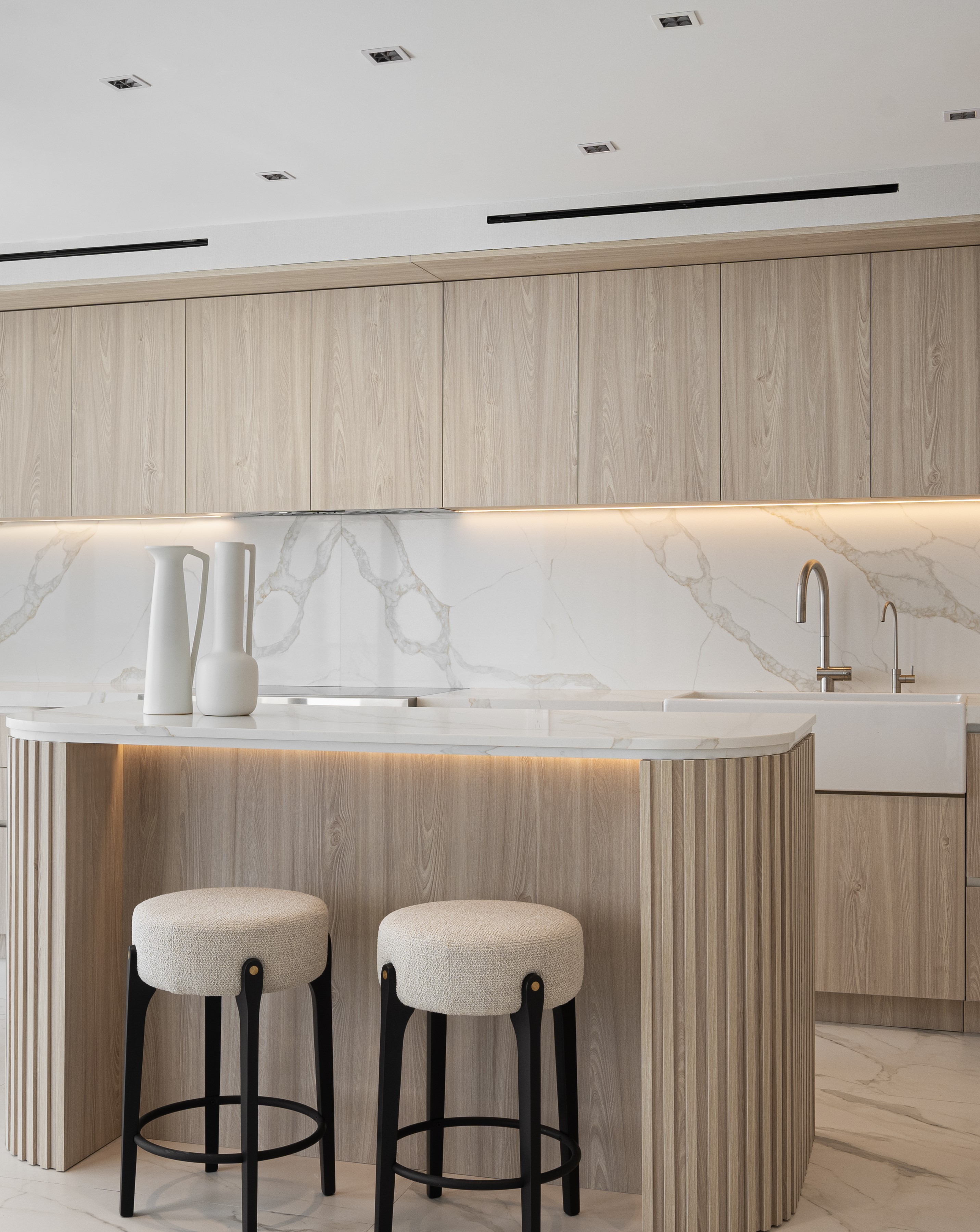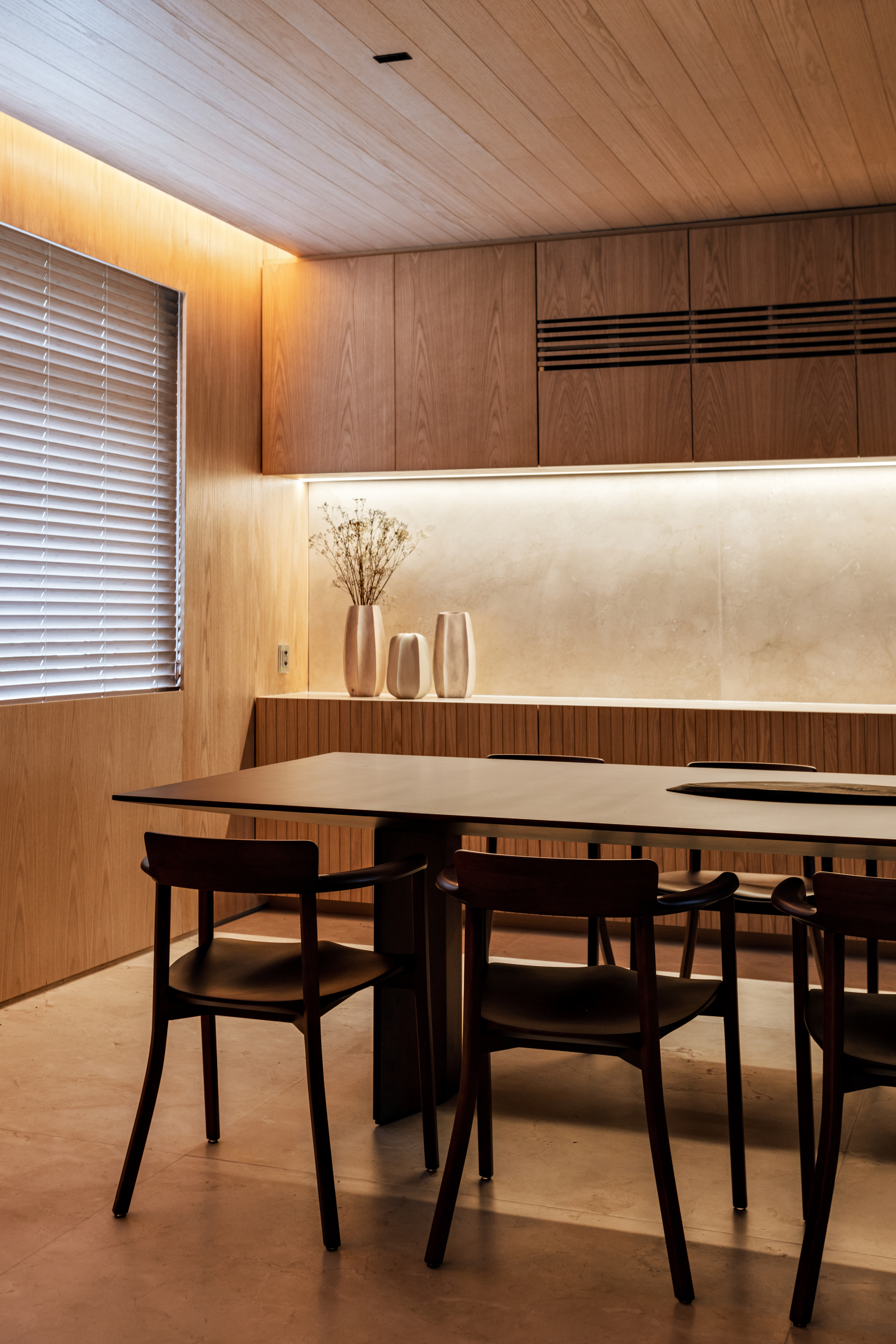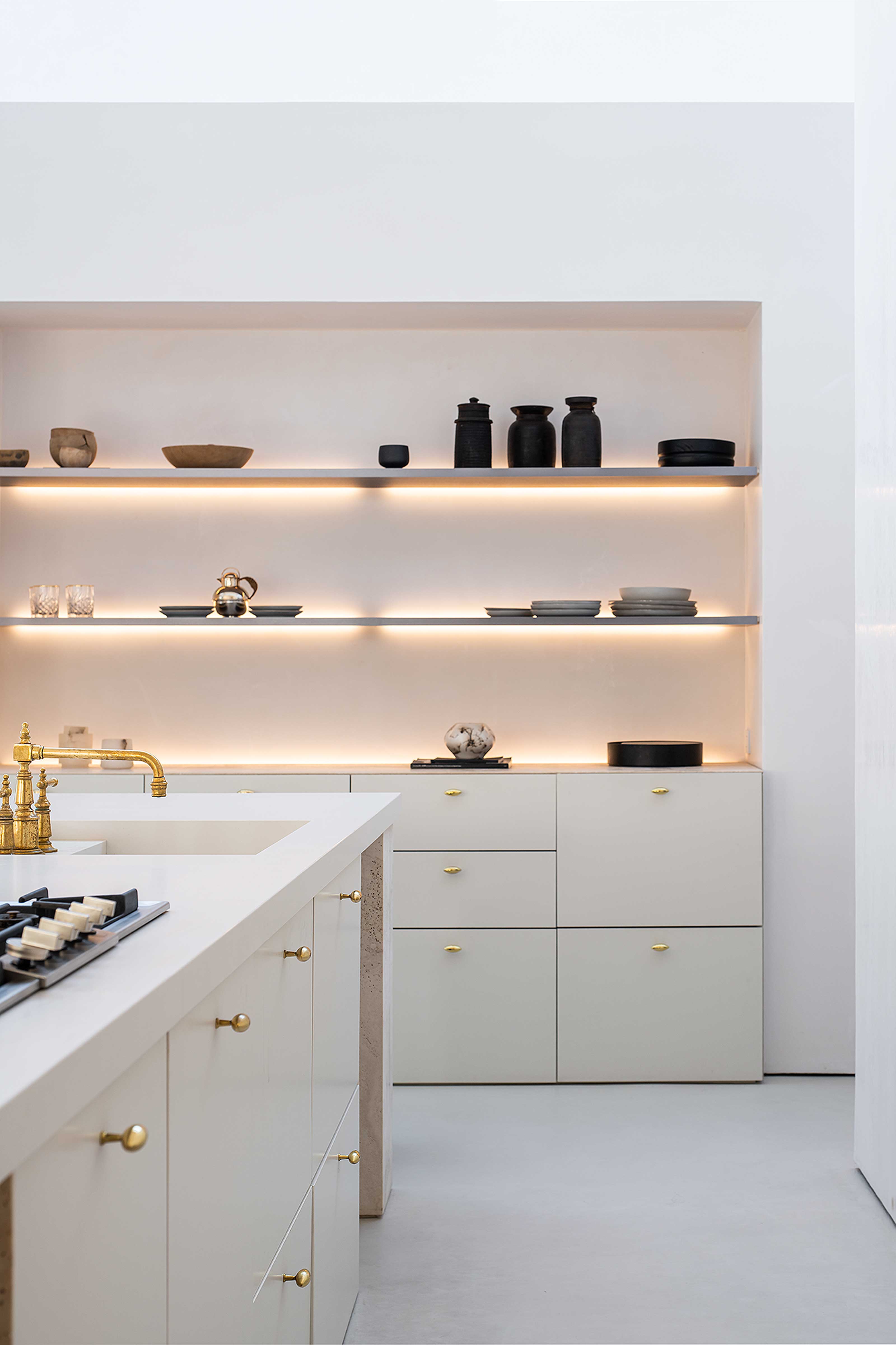
Undercabinet lighting in the kitchen doesn't have to come with the appendage of exposed wires. With some forethought, planning, preparation, and clever designs, these stray bits sticking out of line can be concealed or placed away from direct sightlines.
To help you with ideas, we reached out to experts for suggestions. Take a look at these modern kitchen ideas that help make undercabinet lights the hero of the scheme without exposing their downside.
1. Add a wire cover

Undercabinet lights are quite essential to the kitchen lighting design. These are those task lights that provide crucial and focused illumination for food prep and also help bring focus to the countertop and its wonderful details. A good way to make the most of this element without dealing with hanging wires is with a wire cover.
'If you're choosing LED strip lights, chances are that the wires will be small but still visible,' says Jane Lockhart, founder of Jane Lockhart Design. 'Some brands sell a cover for wires which can be installed on the wall and painted to match the space.'
2. Build a light box inside the cabinet

A light box, that holds all the wires can be built into the upper cabinets. While some semi-custom kitchen cabinet firms offer a standard height, which is typically about 1 ¼” box height, you can have a custom one created just for you. A local contractor could help you make this cabinet modification, creating a 7/8” box for that streamlined look.
'You could also have a low profile cabinet light tucked behind the front lip of the cabinet; a detail that needs to be coordinated with the cabinet shop so they can extend the bottom front trim of the cabinets when they are building them,' says Ariel Bleich, founder of Ariel Bleich Design. 'If you are adding this after they are built, consider adding a trim to the front of the cabinet to conceal all of this assuming the light being used is low profile enough.'
3. Route the wires behind the cabinet

If you have the advantage of building your cabinets from scratch, consider this wonderful option. For recessed kitchen cabinet lights, add a wooden plank on the top with a hole and a channel, so you can feed the wiring through the cabinet and into the outlet on the back wall.
'Push the electrical wires through the cabinet by drilling a hole in the bottom, and running the wire to the other side so it's not visible in the front,' says Jane. 'Always be safe when it comes to electricity, and engage more people if you can.'
4. Add a wooden valence
Extend the front face of the wooden kitchen cabinet by adding a wooden valance to the underside. You can ask a contractor to do so for you or even use a wood adhesive to install a long plank. Make sure the valance material matches exactly with the existing cabinets. Use L-brackets or pin nails to hold it in position. Note: This is the most budget-friendly way to hide under cabinet lighting.
'And if building or installing new contraptions is a complete no-no for you, go for wireless puck lights that need batteries and do not have the issues of wires at all,' says Jane.







